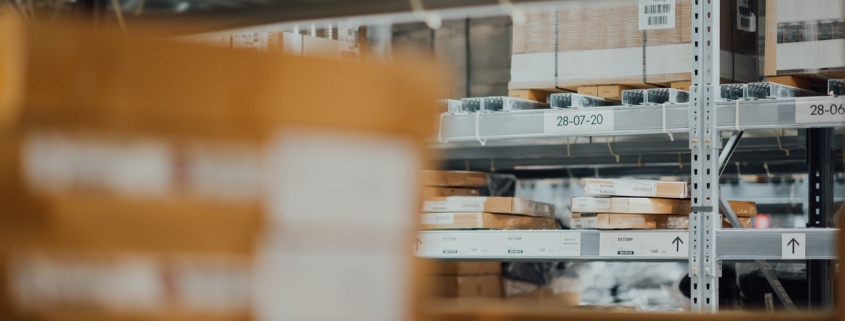History of Warehousing
Warehousing is an integral part of the global supply chain today. The modern warehouse has roots that date back to Ancient times. Read along for a brief overview of the history of the warehouse.
Ancient Warehouses
The earliest iterations of the warehouse can be seen as far back as Ancient Rome. Romans stored grains in the Horrae Galbae, a complex of large structures near the Tiber river constructed in the 2nd century BC. The Horrae Galbae held the public grian supply, and also served as a storage space for imports of goods like olive oil, food, and wine. The function of the Horrae Galbae – to store goods for short and long-term timeframes for easy access and transportation – makes it the earliest documented warehouse-like structure.
Medieval Warehousing
Medieval Europe saw some additional warehouse-like structures. One prominent example is the Fondaco dei Tedeschi, a mixed-use building complex in Venice, Italy constructed in 1228 that was occupied by German merchants. This large complex served as a dwelling for the merchants and also a warehouse and market for trade. Here again we see an early example of the warehouse, with functions like storage and link to trading.
Industrial Revolution: A Turning Point in Warehousing
It wasn’t until the first and second Industrial Revolutions that the warehouse as we know it really came into being. This makes sense when we consider the implications of the Industrial Revolutions on global trade. The first Industrial Revolution in the 18th century saw a rise in mass production. This required specialized commercial practices, including storage, for enormous quantities of goods. With factory processes becoming more common, this specialization was inevitable. Warehouses for specific goods were also built along trade routes to streamline work processes and increase profits.
The second Industrial Revolution in the late 19th century brought electricity, transportation infrastructure, internal combustion engines, communication networks, and other innovations that spurred further improvements in warehousing. Rapidly increased globalism in trade meant that warehouses needed to become extremely efficient with product fulfillment. In many ways, we can see the beginnings of the modern supply chain develop in this time. Machines, electricity, and steel all additionally helped to reconfigure the construction and operations of warehouses. Plus, with places like the United States investing in railway infrastructure, rail-side warehouses could reside right next to an efficient train system that further improved efficiency.
The 20th century, today, and beyond
Throughout the 20th century, warehouses continued to improve upon standardization, technology, mechanization, and more. With a global economy that has become more and more intertwined, warehouses have adapted as needed to become an integral part of the supply chain.
Today, automation dominates the industry, with machines programmed to take care of numerous core tasks in warehouses. Complex automation systems move, sort, and fulfill products. E-commerce dominates the industry, with real-time product tracking and AI also continuing to push the envelope of what’s possible. Check out our blog post on logistics and warehousing trends to read more on some of the ideas that are shaping the industry today.
JP Property Management specializes in customized warehousing for our clients’ needs. We understand the ebb and flow of business. We can also work with you to come up with a tailor-made solution for your products. Whether you need seasonal storage space, long term warehousing, or anything in between, we are happy to accommodate your needs. Interested in learning more? Give us a call at 502-550-7126 or visit our website today to learn more and request a quote!


